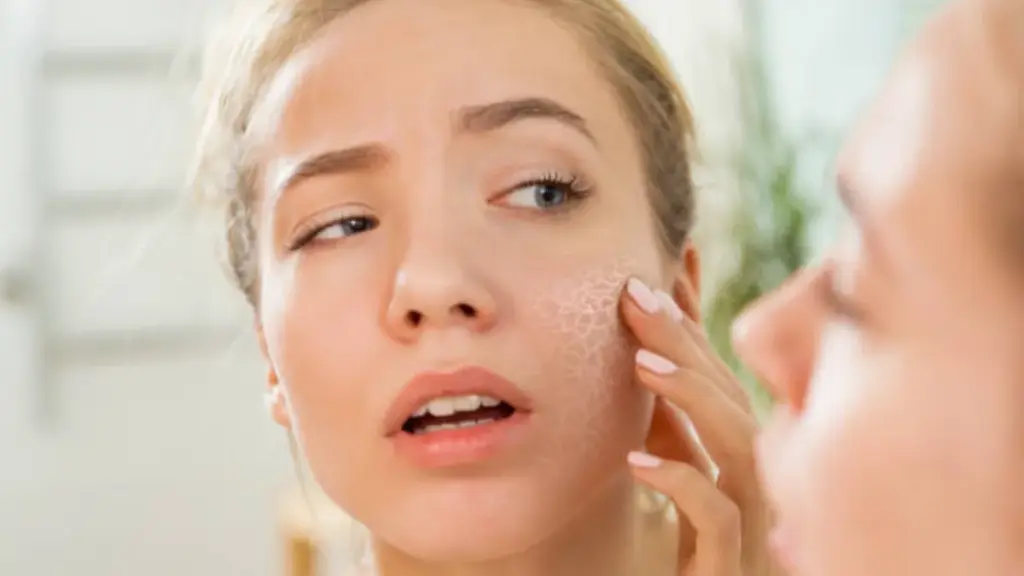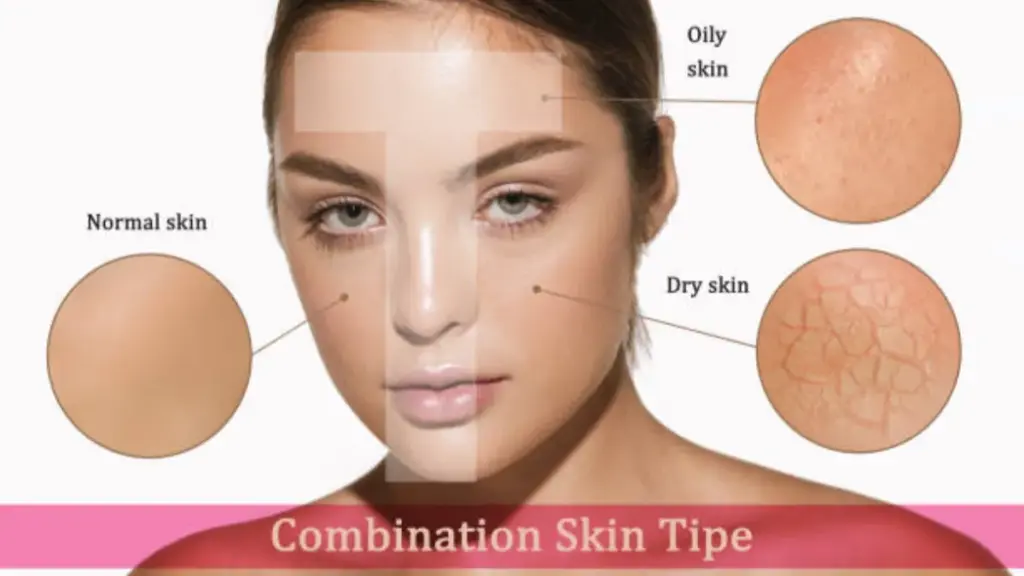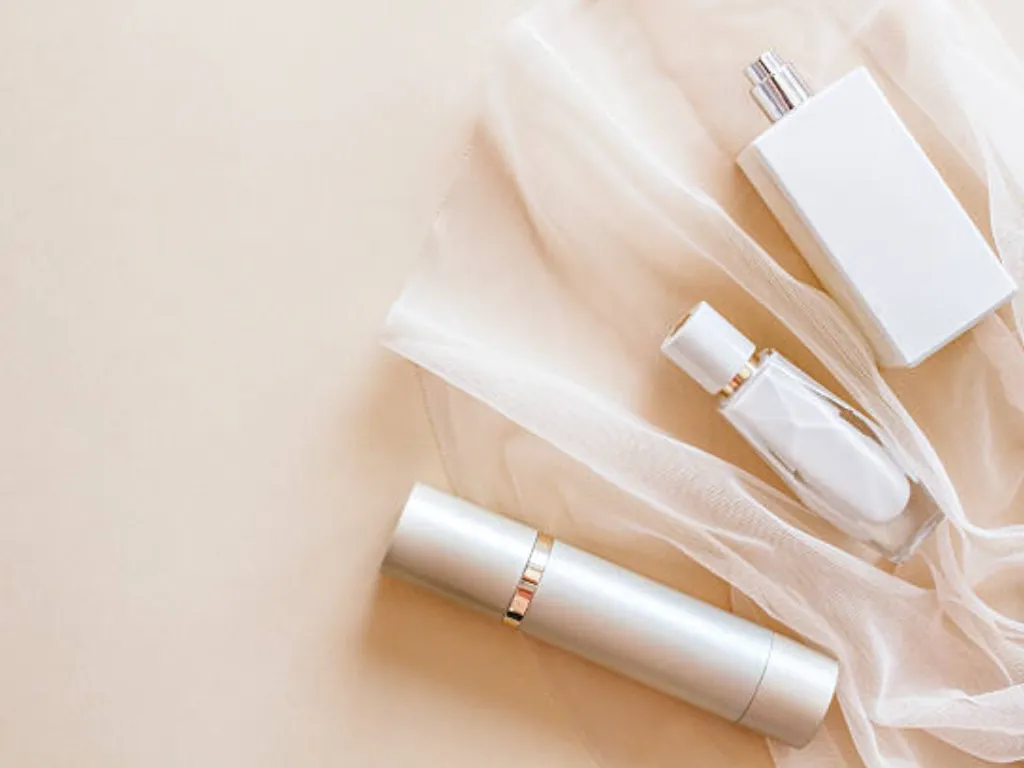Dry skin can feel like an endless balancing act—tight in the morning, flaky by noon, and dull by night. Yet the real challenge isn’t simply dryness itself. It’s understanding which parts of skincare truly make a difference, especially when the seasons shift. Each environmental transition alters the way our skin behaves, making a thoughtful, adaptive regimen essential not only for consumers but also for brands formulating for diverse markets.
Understanding Dry Skin and Its Seasonal Sensitivity

Dry skin, in dermatological terms, is the result of a weakened lipid barrier. This barrier protects against transepidermal water loss (tewl), and when compromised, it allows moisture to escape faster than it can be replenished. From a physiological perspective, this dryness reflects lower sebum production and fewer natural moisturizing factors (NMFs).
In winter, low humidity and indoor heating strip moisture away; in summer, ultraviolet radiation and perspiration cause barrier stress through oxidation and salt imbalance. Psychologically, many consumers misinterpret these seasonal changes as “skin aging,” often overcompensating with heavy creams or exfoliants. This misstep highlights how education and formulation go hand in hand—a principle crucial for any skincare brand developing targeted dry-skin lines.
Which Parts of Skincare Should Be Used for Dry Skin
Dermatologists and formulation scientists often refer to the “four-part barrier model” when addressing dry skin: cleansing, 수화, nourishment, and protection.
- Cleanser: Gentle, non-foaming, and pH-balanced to preserve the skin’s acid mantle.
- Toner or Essence: Delivers immediate hydration with humectants such as glycerin, panthenol, or hyaluronic acid.
- Serum: Reinforces the barrier using ceramides, 니아신 아미드, or peptides to enhance intercellular cohesion.
- Moisturizer: Combines emollients (shea butter, squalane) and occlusives (dimethicone, petrolatum) for multi-layered hydration.
- 선 스크린: A non-negotiable final layer that protects against chronic photodamage and water loss.
This balanced structure forms the scientific foundation of any effective skin care regimen for dry skin, adaptable to both consumer education and professional product design.
How Seasonal Shifts Affect a Skin Care Regimen for Dry Skin

Dry skin is inherently reactive to environmental fluctuations. Each season modifies humidity, UV intensity, and ambient temperature—factors that directly influence the skin’s moisture-retention capacity and lipid synthesis. The most effective approach is not to replace your entire skincare routine every few months, but to adjust texture, concentration, and functional emphasis across the same core skincare parts: 세제, toner or essence, 혈청, 보습제, and sunscreen.
Below is a detailed seasonal analysis and formulation insight relevant for both skincare users and professional brand developers.
| Season | Primary Challenge | Formulation Focus | Recommended Key Ingredients | Ideal Product Types |
| Winter | Low humidity, barrier weakening | Lipid replenishment & occlusion | Ceramides, squalane, shea butter, 니아신 아미드 | Cream cleanser, barrier cream, facial oil |
| Spring | Fluctuating humidity, allergen exposure | Lightweight hydration & anti-irritation | 히알루 론산, panthenol, green tea extract | Hydrating toner, soothing gel cream |
| Summer | UV exposure, dehydration, oxidation | Antioxidant defense & water-based hydration | 비타민 c, 비타민 e, 니아신 아미드, aloe vera | Gel moisturizer, antioxidant serum, SPF 50+ |
| Autumn | Dry air, keratin buildup | Gentle exfoliation & pre-winter nourishment | Lactic acid, PHA, 세라마이드, omega oils | Exfoliating toner, emollient cream |
For Skincare Developers and Brand Owners
When creating seasonally adaptive dry-skin formulations, maintaining core actives while modifying vehicle systems (예를 들어, emulsion viscosity, lipid ratios) ensures a consistent consumer experience year-round. At OULLY, our R&D team integrates such data-driven adjustments into Private Label product design, ensuring each formula performs optimally under diverse climatic conditions—from humid tropical regions to dry continental winters.
What Constitutes Good Skincare for Dry Skin

Formulating for dry skin is both an art and a science. Evidence consistently supports three ingredient categories:
- Humectants attract water (glycerin, 히알루 론산, betaine)
- Emollients to smooth and soften (shea butter, 호호바 오일)
- Occlusives to lock in hydration (mineral oil, silicones)
Yet from a product development perspective, “good skincare for dry skin” means more than effective chemistry—it also involves sensory design. 조직, absorption speed, and after-feel influence how consumers perceive hydration. A well-balanced formula doesn’t just repair the barrier; it builds user trust and long-term loyalty.
OULLY Insight: Private Label Expertise in Dry Skin Formulations
For skincare brands seeking to develop or expand their dry-skin lines, OULLYprovides a comprehensive 개인 라벨의 아름다움 & Personal Care Manufacturing solution.
With years of experience collaborating with global skincare brands, OULLY’s R&D team specializes in hydration-focused product development, from ceramide-enriched moisturizers to multi-phase hydrating essences tailored for seasonal markets.
Beyond formulation, OULLY supports brand partners with:
- Customizable packaging and branding to suit premium or mass-market positioning
- Stability and dermatological testing to ensure efficacy under varying climates
- Scalable production for global distribution demands
For entrepreneurs and established distributors alike, partnering with OULLY means transforming professional skincare science into market-ready, seasonally adaptive dry-skin solutions.
Common Mistakes and Misconceptions in Managing Dry Skin

- Over-Exfoliation: Many assume flaking equals buildup, but excessive exfoliation strips the lipid matrix.
- Ignoring Environmental Control: Air conditioning and central heating can reduce skin moisture by up to 30%.
- Product Overload: Layering too many actives overwhelms barrier recovery.
- Skipping Sunscreen: Even diffused winter sunlight accelerates barrier thinning and oxidative stress.
From a cognitive-behavioral viewpoint, these missteps stem from reactive care patterns—addressing symptoms rather than root causes. Formulations that anticipate user behavior, like barrier-boosting serums that double as moisturizers, offer smarter solutions for both brands and consumers.
Long-Term Hydration and Barrier Resilience
Maintaining hydrated, healthy skin across all seasons requires both formulation intelligence 그리고 educational consistency. The skin’s acid mantle (pH ~5.5) naturally defends against environmental shifts, yet only when supported by lipid-repairing and humectant-rich care.
Recent dermatological studies show that consistent use of ceramide-based systems improves TEWL recovery rates by over 40% within four weeks. 동시에, psychological adherence—how “pleasant” a product feels—directly predicts usage regularity, linking science and sensory satisfaction.
For brand owners and product developers, this represents a powerful synthesis: clinical credibility meets user experience. A strong formulation doesn’t just hydrate—it communicates trust through every application.
Conclusion
Every season writes a new chapter in how dry skin behaves. Recognizing which parts of skincare truly matter allows professionals to design, and consumers to experience, care that evolves intelligently with the environment. And for brands aiming to bring this expertise to market, OULLY’s private label capabilities bridge science, manufacturing precision, and brand identity—turning knowledge into products that perform beautifully, year-round.















